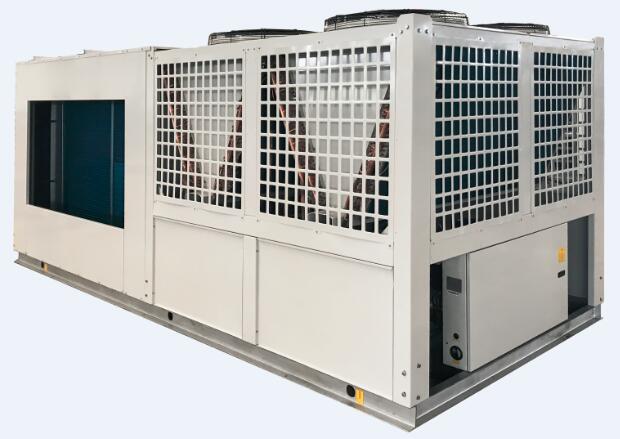l. Sample separation When the test is carried out, each sample is open to 0.5~1kg, and it needs to be increased to 2~3kg per part during the process test. Partial attention should be paid to the separation of heavy minerals from the bottom layer due to segregation. When mixing, try to prevent segregation as much as possible. When shoveling, you must try to get it from top to bottom. 2. Screening Screening and grading of samples is an important issue for electrification. The electro-election itself requires that the uniformity of the particle size is better, that is, the narrower the particle size range, the better. However, this has great contradiction with production and can only be considered comprehensively according to the requirements of the electro-optic process and the actual production. If it is proved by experiments that the wider grain size selection index is only slightly lower than the index of the narrower grain size, it is still better to use the wide grain size to avoid the use of screening, because the screening of fine-grained materials always brings many problems. Not only the dust is large, the screening efficiency is low, especially the screen mesh wears. But this is not mandatory, as the case may be different, generally rare metal ore demanding more, which helps to improve metallurgical performance; general or other non-ferrous metal ore, not necessarily very strict, can be graded more wide. Rare metal ores are usually classified as: -500+250, -250+150, -150+106, -106+75, and -75μm; Non-ferrous metal ore and other minerals can be classified as: -500+150, -150+106, -106+75, -75μm, etc., and are also divided into -100+250, -250+106, -106+75, - 75μm. It must be stated that the electrification itself has a classification (sieving) function. In order to avoid the trouble of screening, it is also possible to roughly classify and sort by electro-election, and the coarse-grained grade is discharged from the front as a conductor, from the back. The non-conductor is discharged as a fine fraction and then sorted according to this fraction. 3. Acid-treated sample is selected from electrical, process sometimes used to remove iron quality Hydrochloride. Due to the iron ore contained in the raw materials and the large amount of iron filings in the grinding classification and sand pump transportation, especially in the aqueous medium, these irons are easily oxidized and adhered to the mineral surface, which makes electricity The separation effect is not good. Originally a non-conducting mineral, it becomes a conductor mineral due to the adhesion of iron to contaminated mineral surfaces; in addition, minerals often adhere to each other into granules due to the adhesion of iron. This will seriously affect the beneficiation index and will not achieve the desired effect. Especially in rare metal minerals, crude hydrochloric acid is often used to remove iron. Further pickling may also reduce the amount of phosphorus-containing concentrate. In the acid treatment method, the sample is often first wetted with a small amount of water, and then a small amount of industrial crude sulfuric acid is added in an amount of 3 to 5% by weight of the raw material, which is heated and stirred, and then added to the weight of the sample. 8~10% crude hydrochloric acid, stir vigorously, about 15~20min, then rinse with water quickly, so rinse with water several times, generally rinse 3~4 times, clarify the rinsed aqueous solution, then dry the sample, as The sample selected by electro-Electrification, such as a lot of iron, may be increased by the amount of acid.
1. Hot water coils offer fully modulating control through the use of a 3 way valve. The hot water coil, connections and valves are all tested at pressure of 15 bars. Frost protection is provided by forcing the opening the 3 way valve when supply temperature from hot water coil falls below 8°C and by stopping the outdoor fan when that supply temperature falls below 6°C. In addition to that, the 3 way valve is also opened at 10% value if the outdoor temperature falls below an adjustable value.
2. Hot water coils are always factory fi tted, wired and fully tested, prior to shipment.
Rooftop Packaged Unit With Hot Water Coil Rooftop Package Unit,Rooftop Air Handling Unit,Mall Hot Water Coil Rooftop Conditioner,Electric Heating Rooftop Packaged Air Conditioner Jinan Amrta Air Conditioning Co.,Ltd , https://www.waterchiller.pl
The particle size of the electric selection is generally 1 mm or less, and the individual size is also 2 to 3 mm. Crude concentrates larger than 1mm shall be crushed or ground to less than 1mm, and then sieved into different grades and sent to the ore dressing test. 
Most of the electrification samples are coarse concentrates obtained by other beneficiation methods. Whether it is vein or sand ore, most of them have been dissociated, or there are very few continuous organisms.